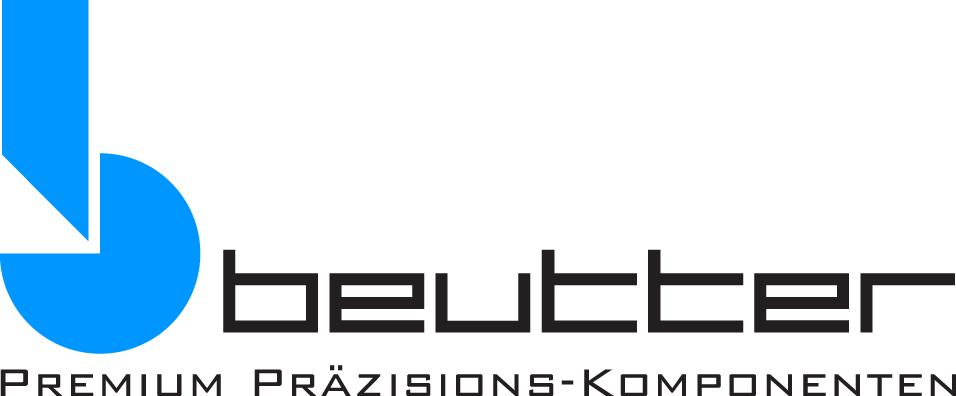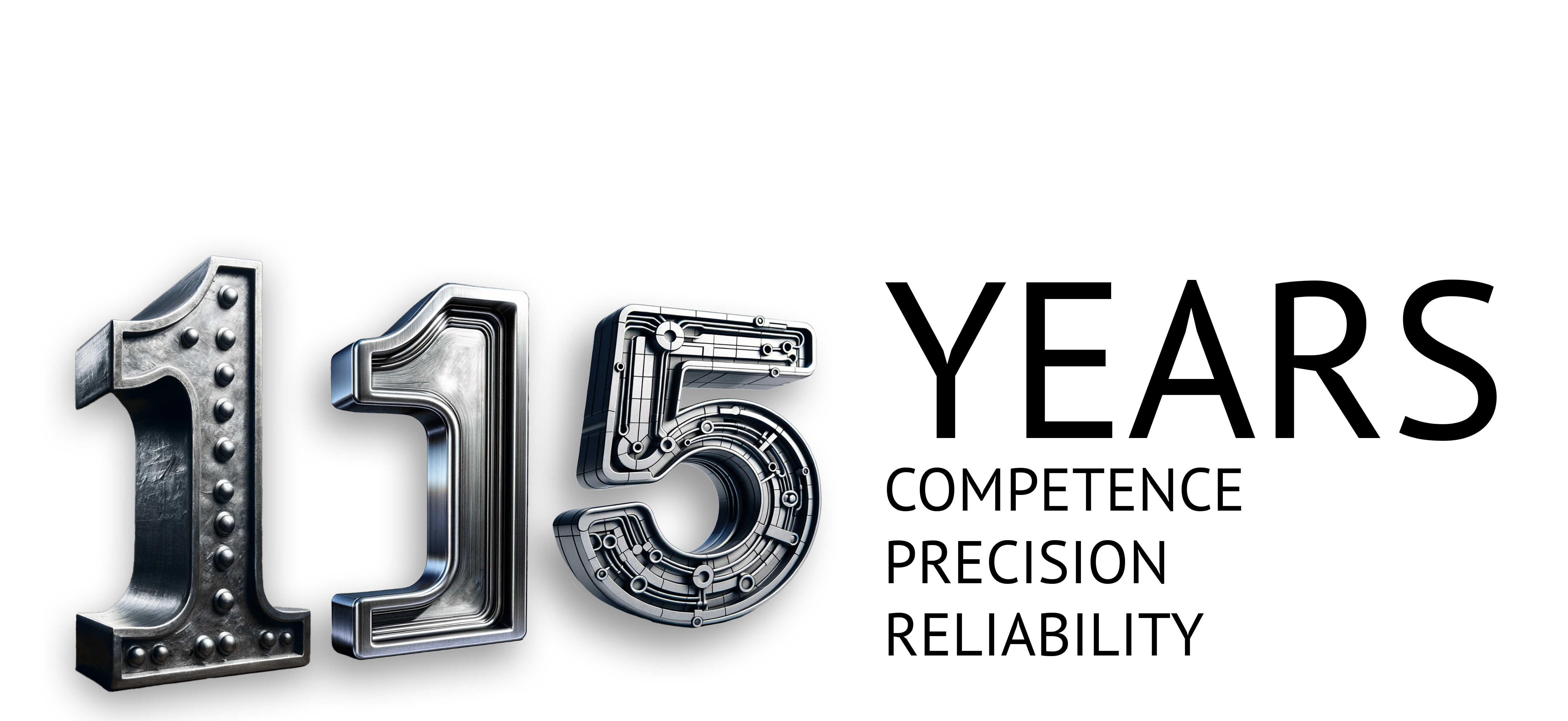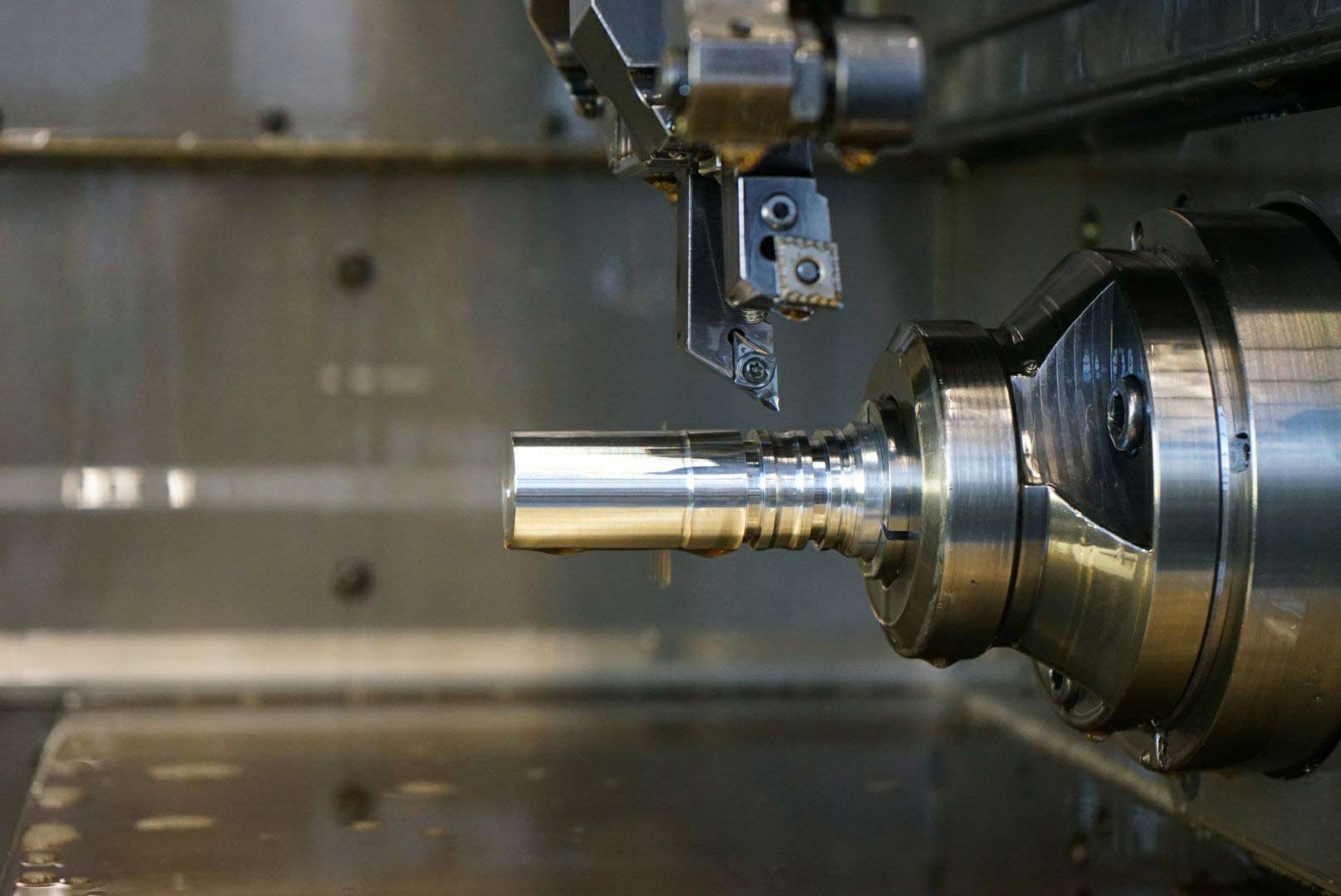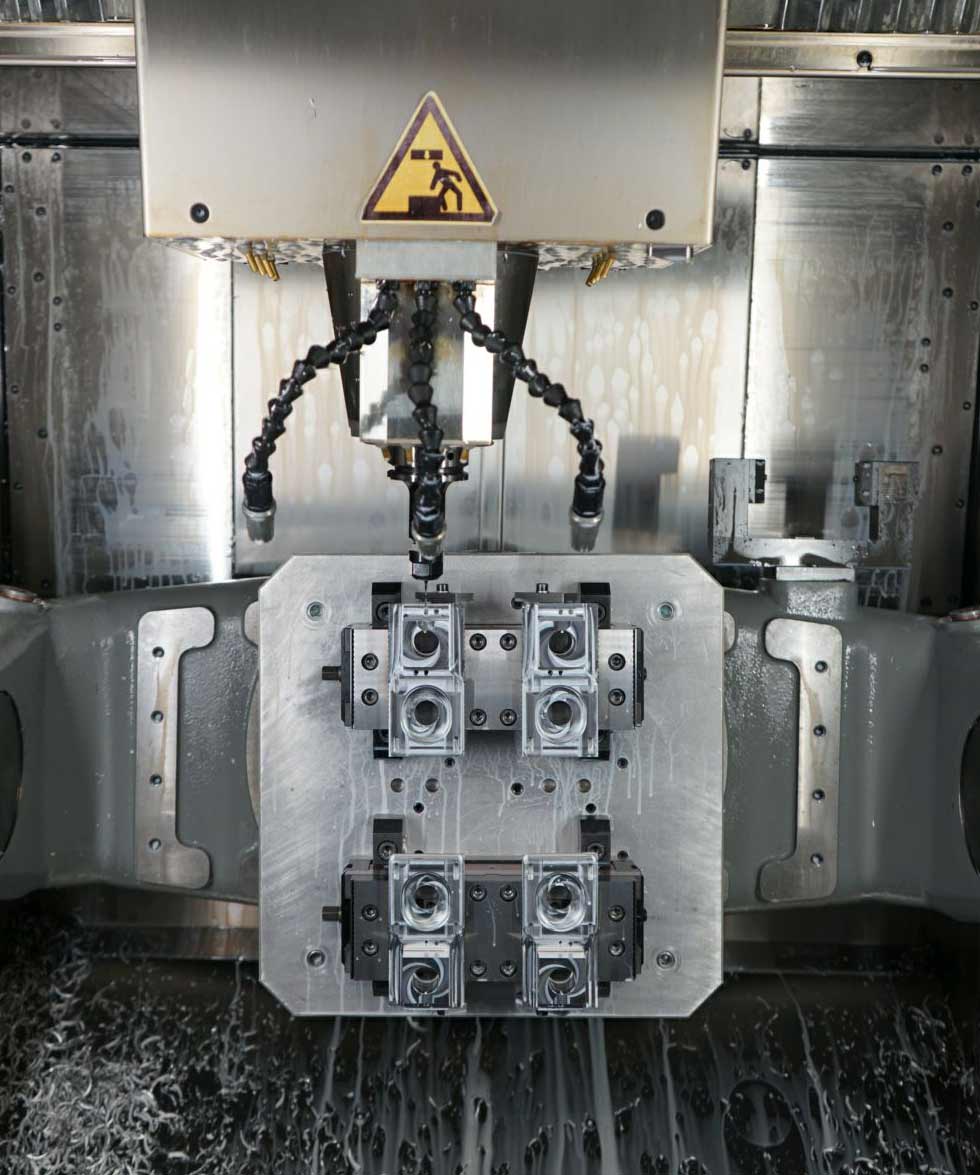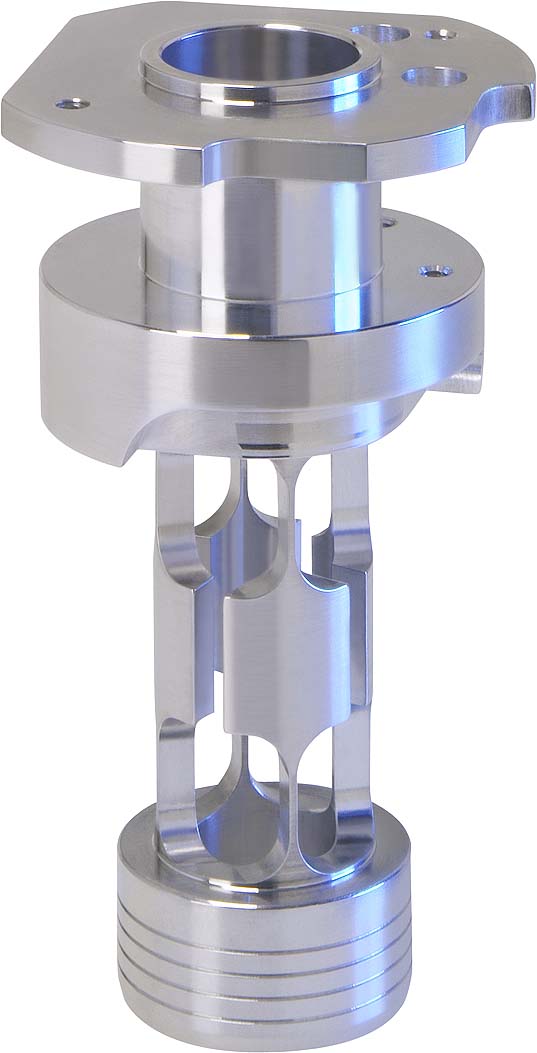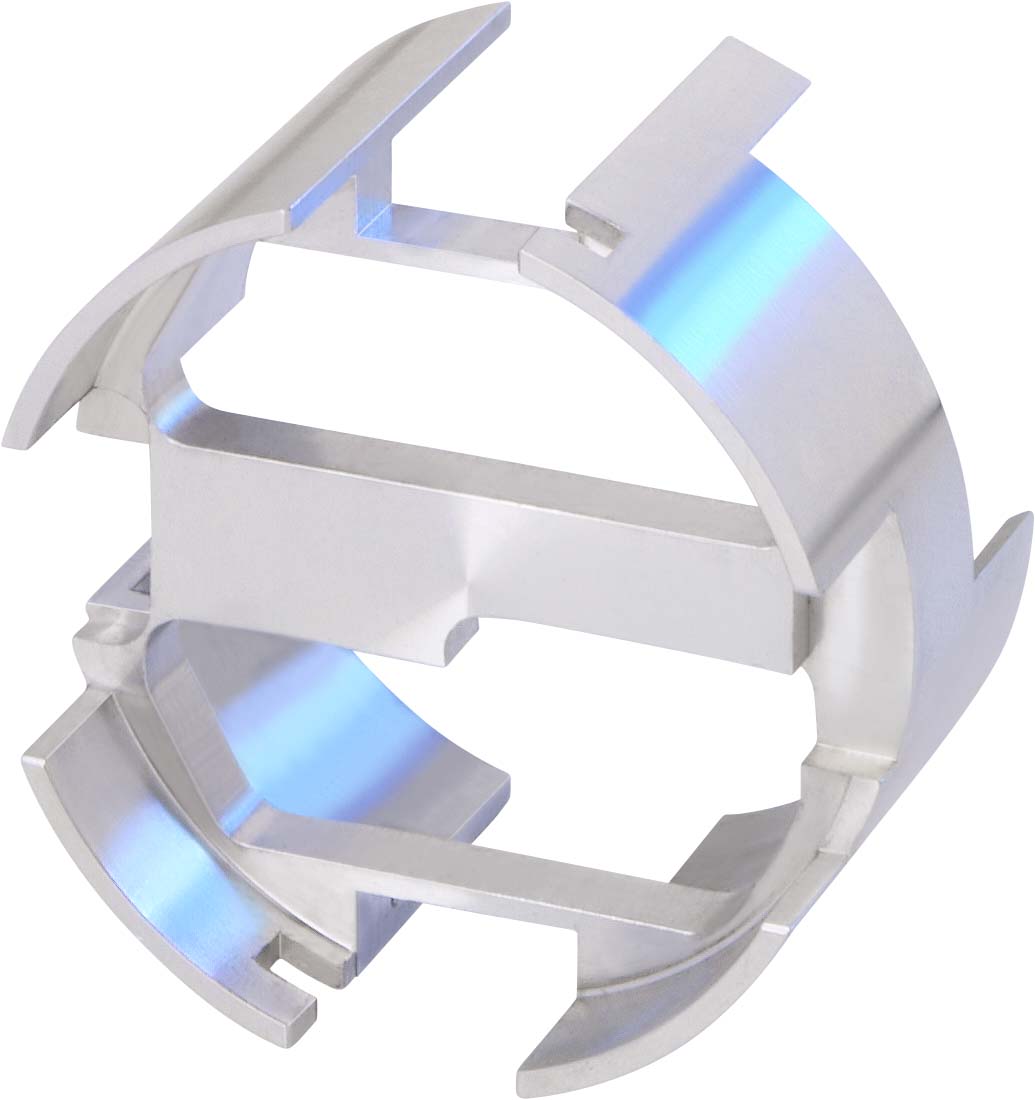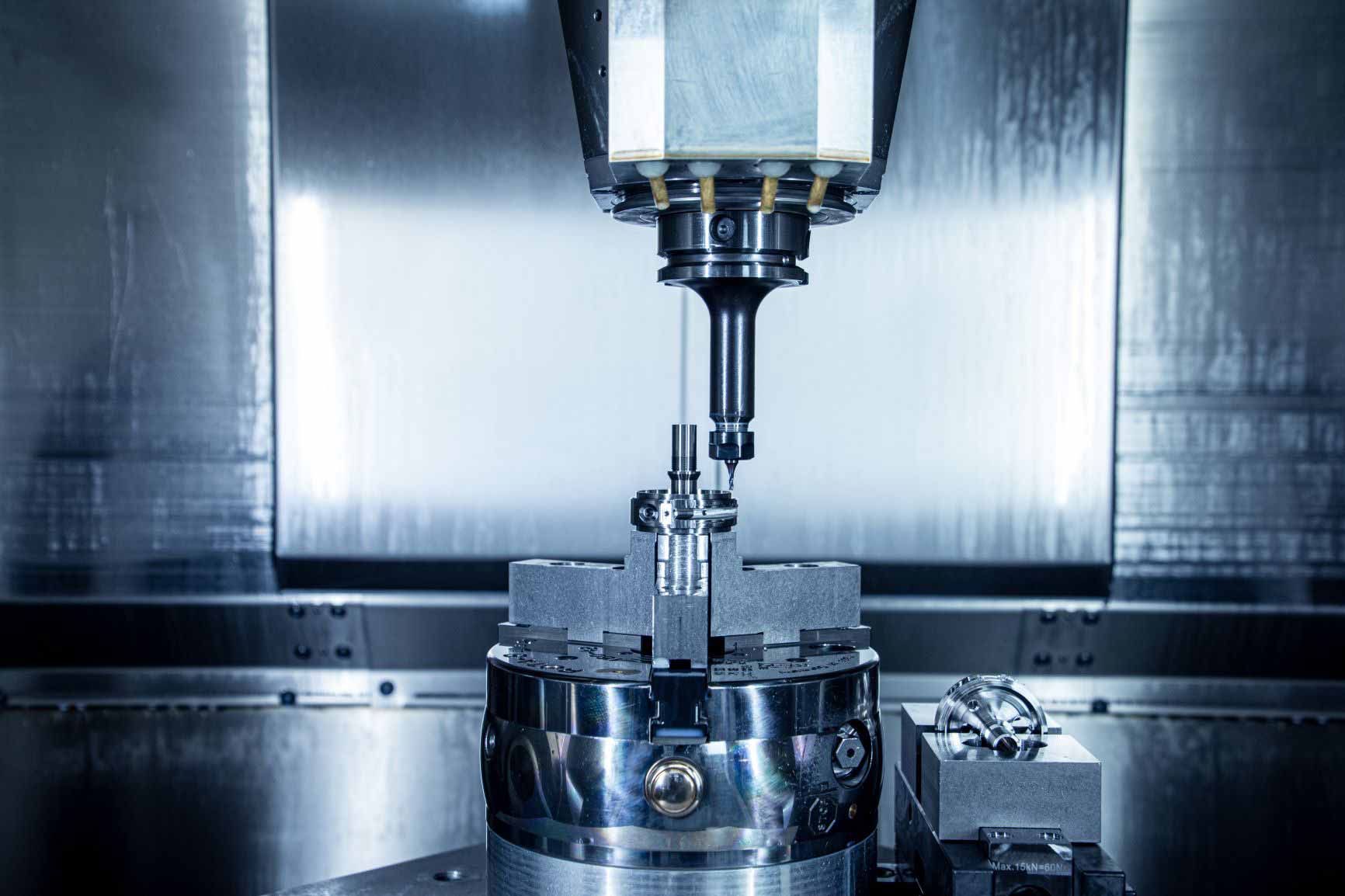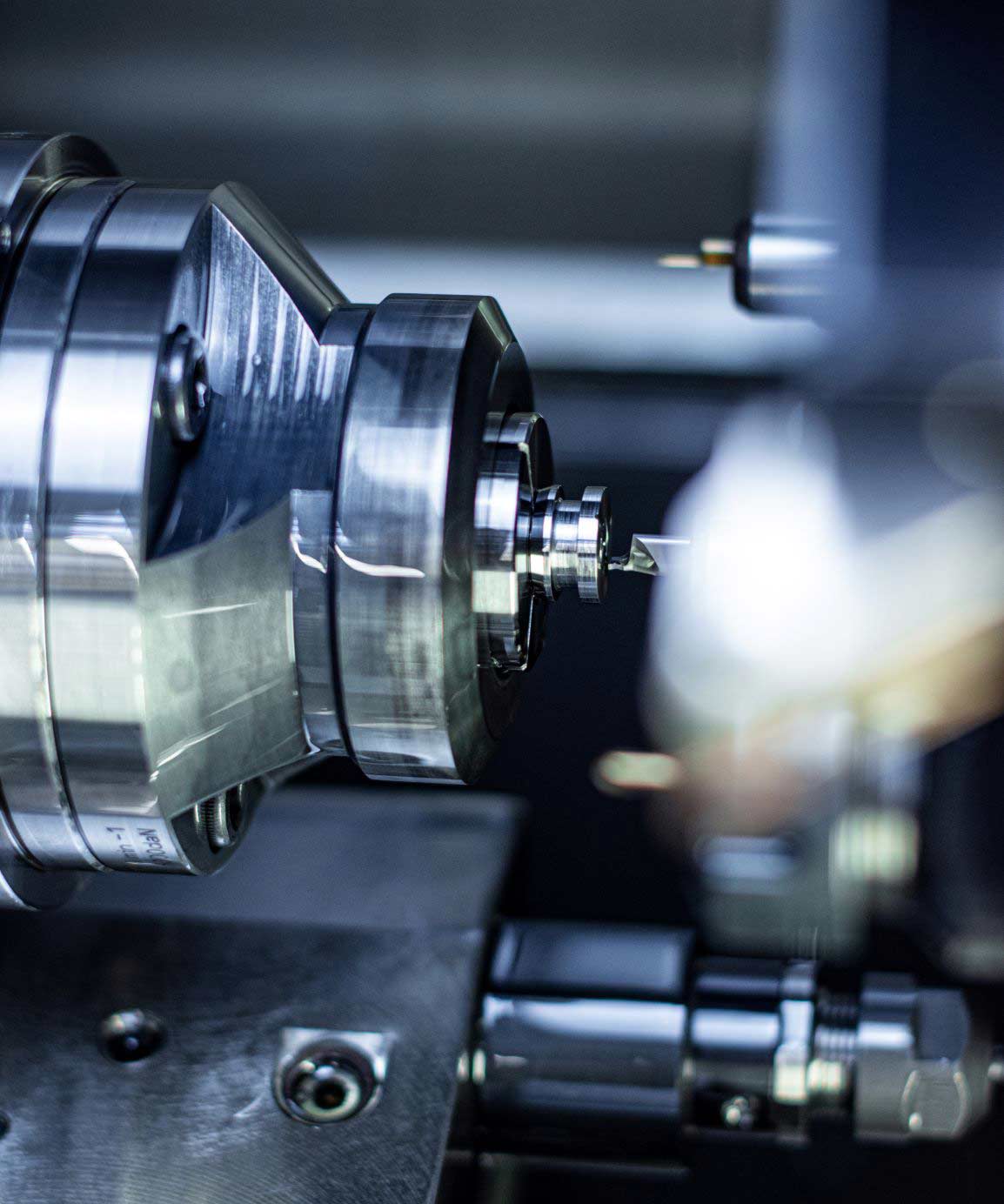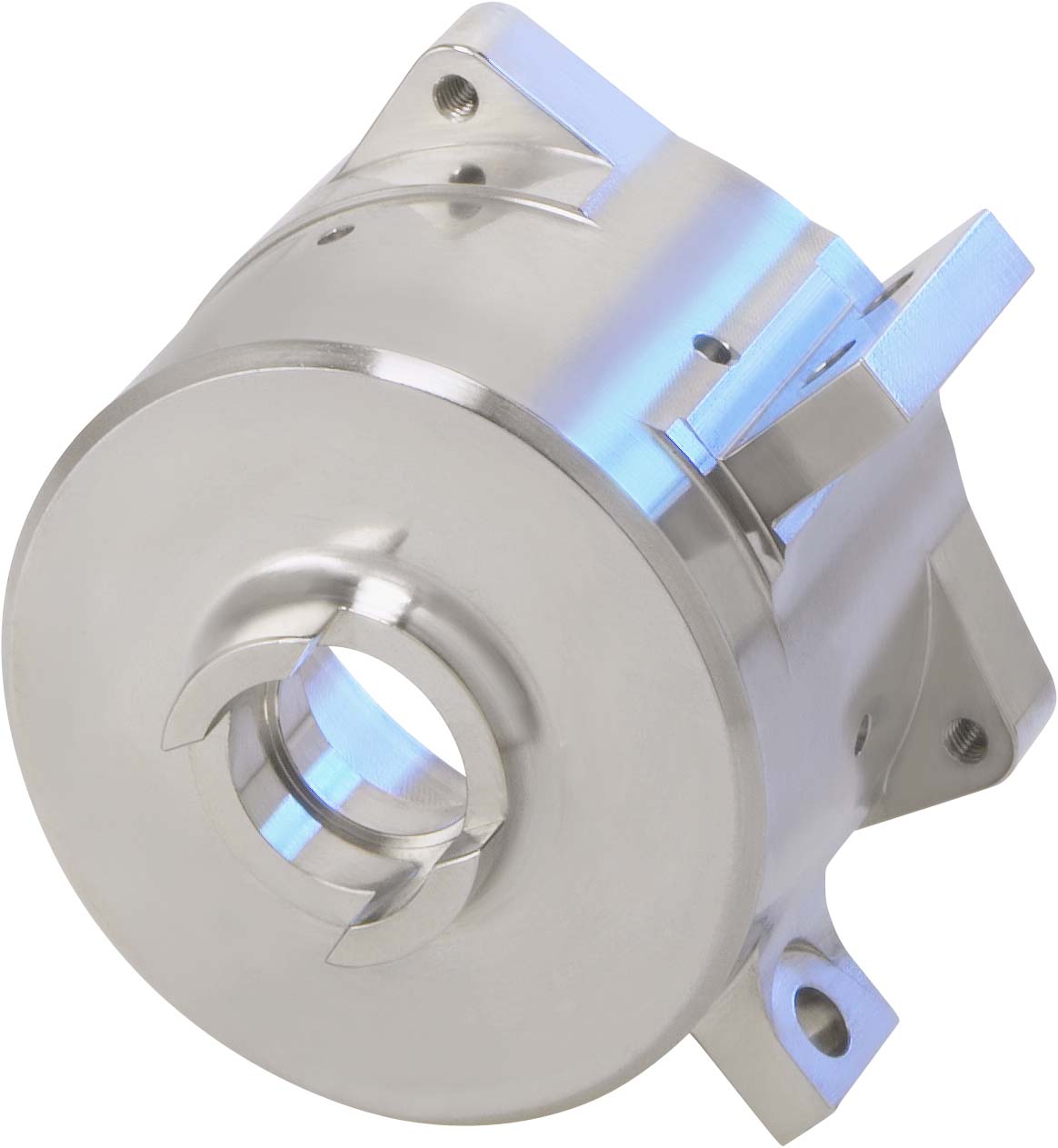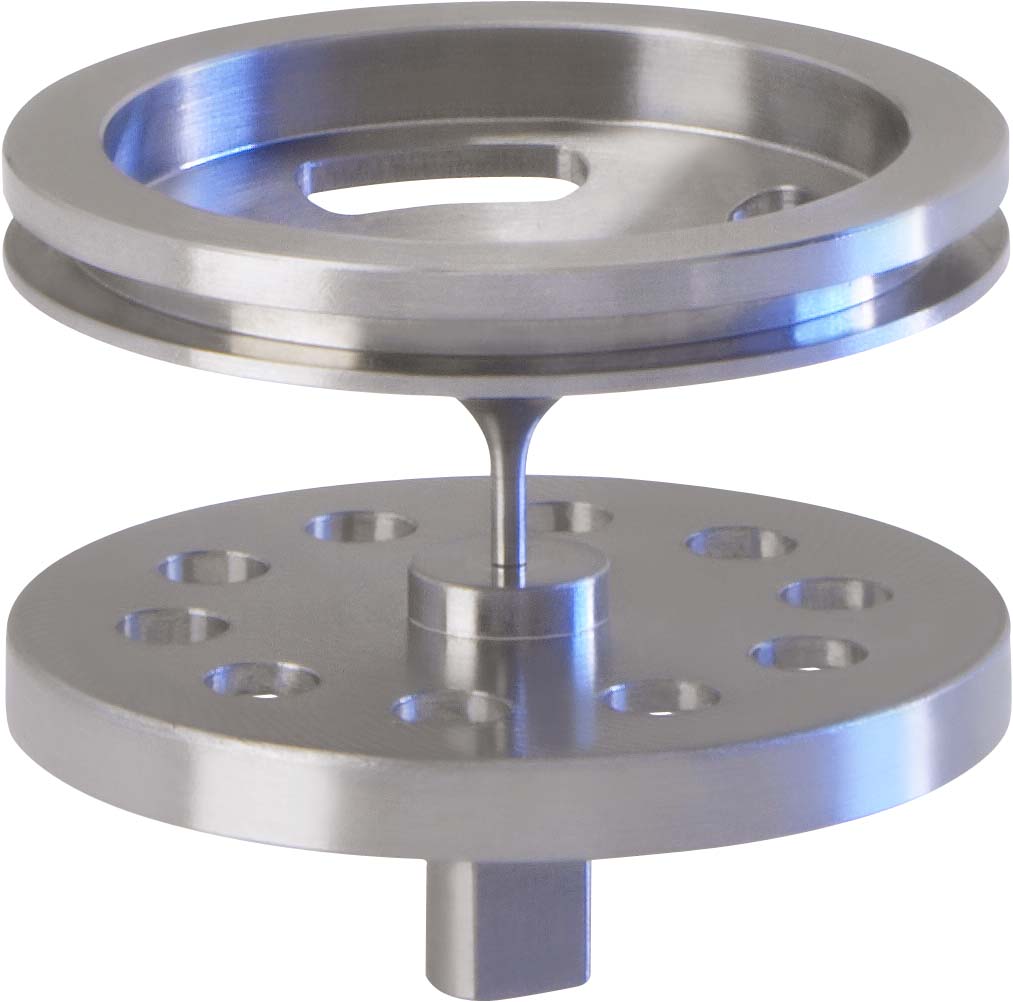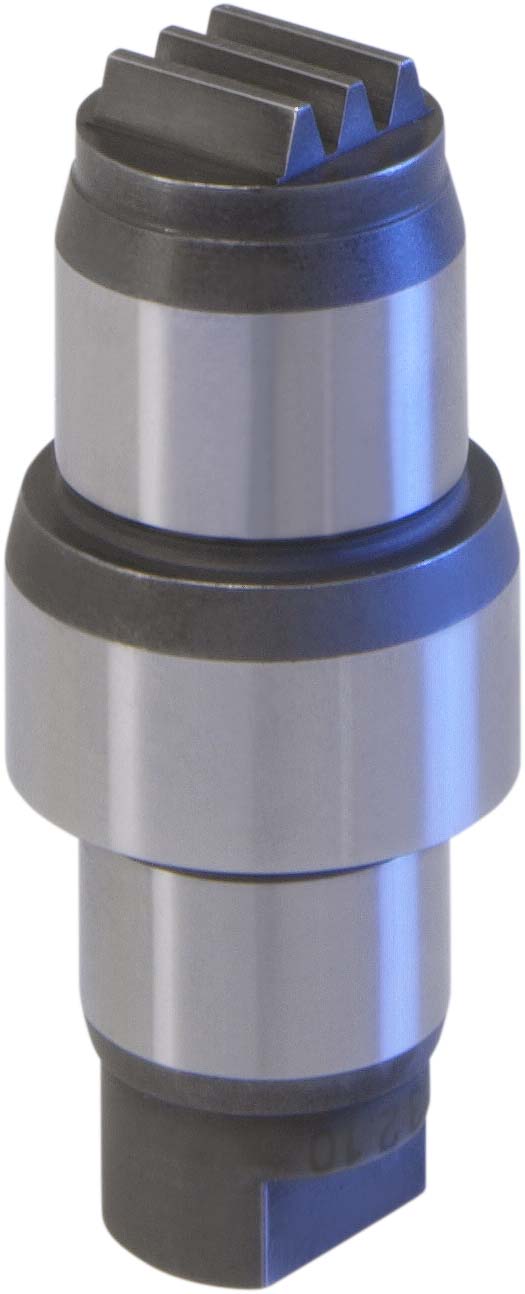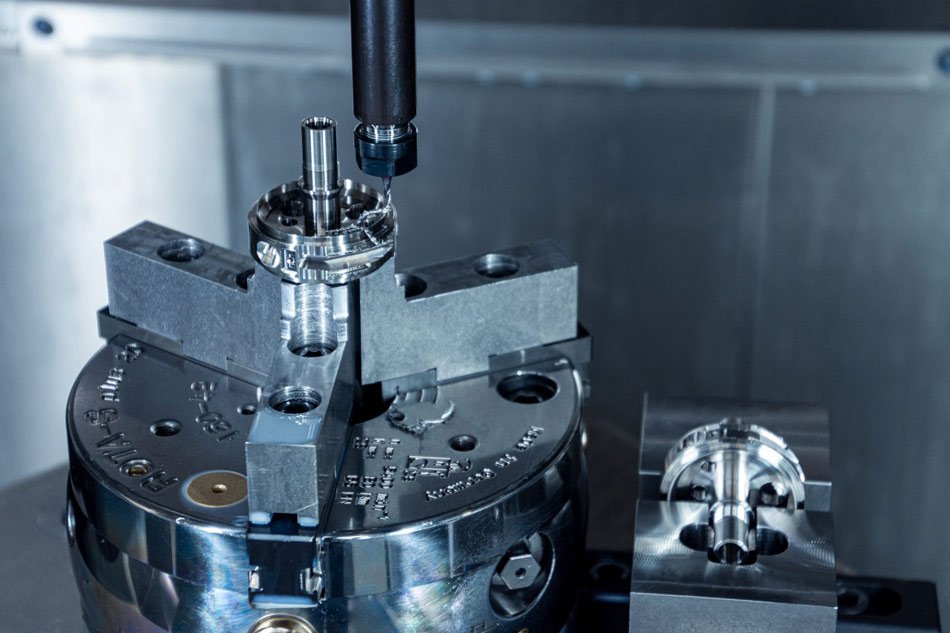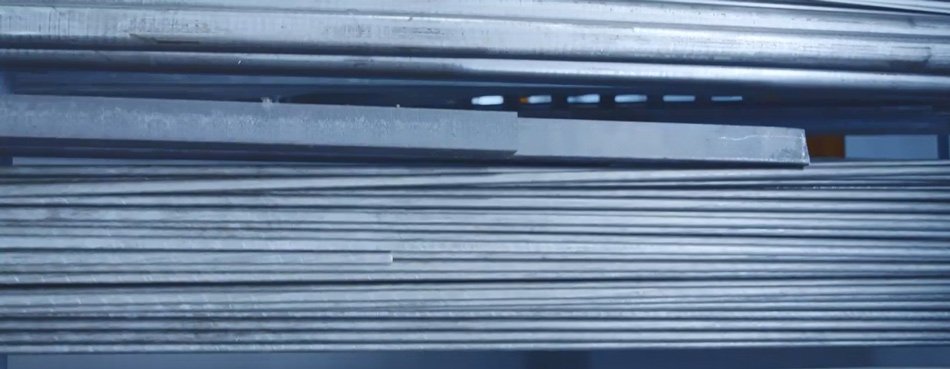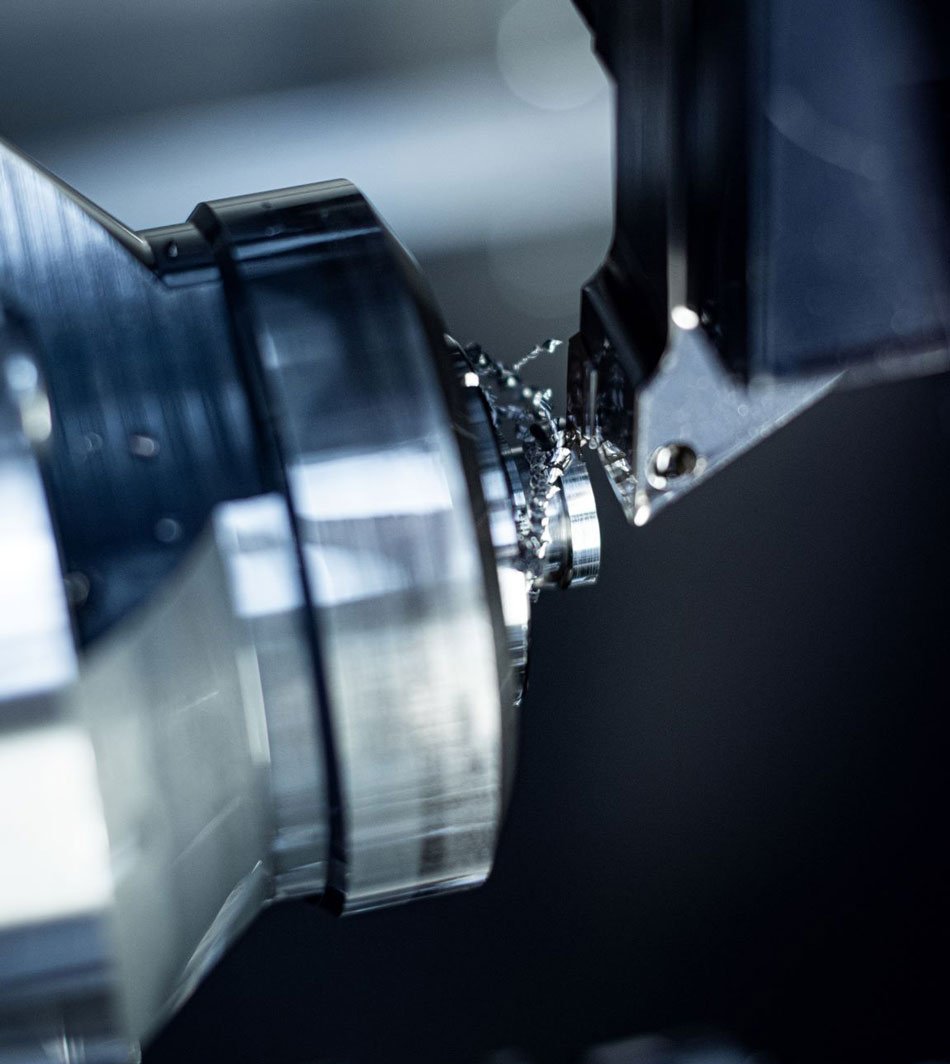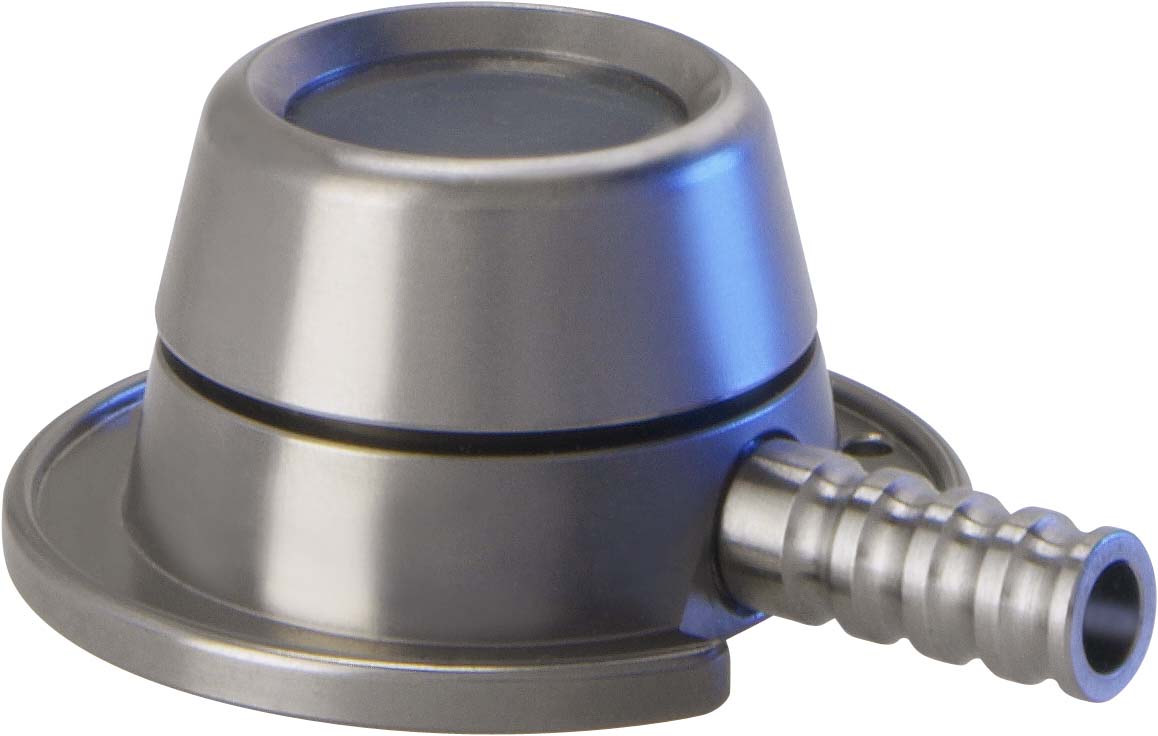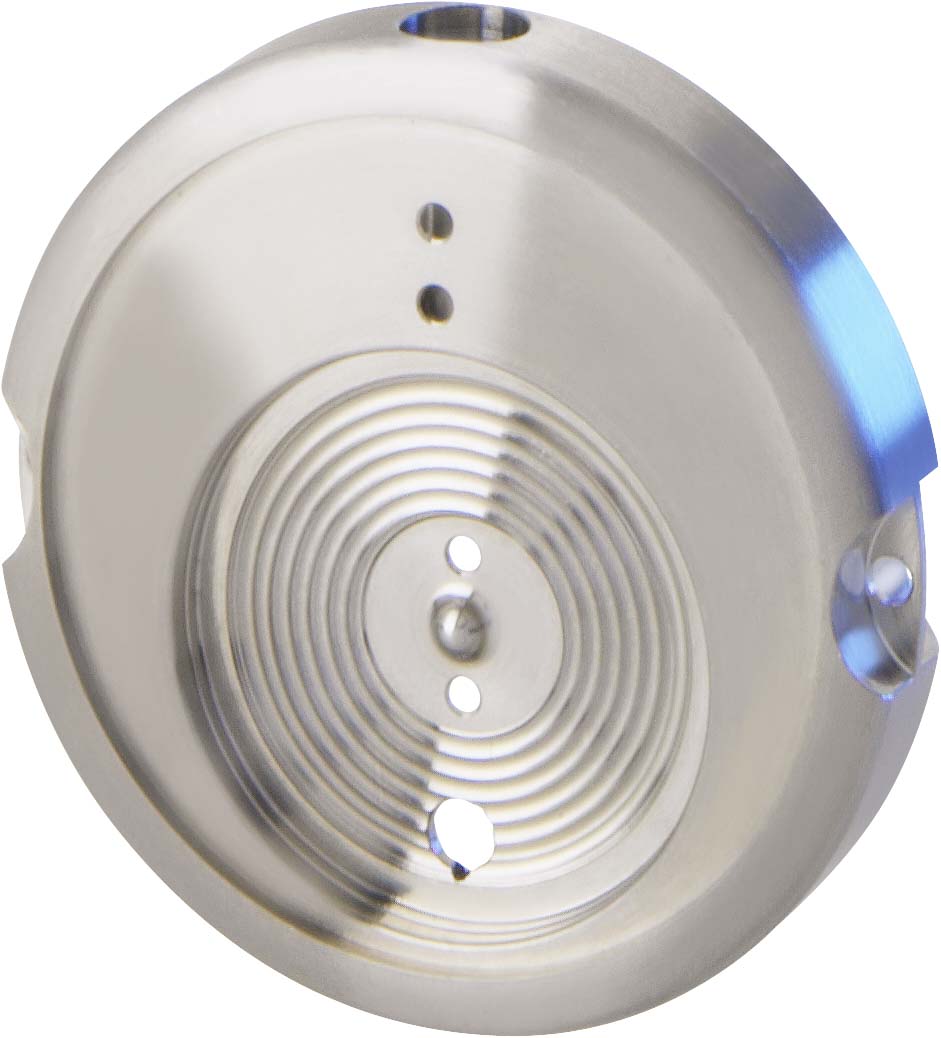Competences
Materials
Ceramic grinding – a rarely offered service
Materials made of technical ceramics can withstand extreme operating conditions and are therefore increasingly replacing metal or plastic. However, grinding technical ceramics is demanding and is mastered by only a few suppliers. The effort is worthwhile, however, because of the outstanding properties of high-performance ceramics.
What is technical ceramics / advanced ceramics?
Materials made of technical ceramics can withstand extreme operating conditions and are therefore increasingly replacing metal or plastic. However, grinding technical ceramics is demanding and is mastered by only a few suppliers. The effort is worthwhile, however, because of the outstanding properties of high-performance ceramics.
What is technical ceramics / advanced ceramics?
Ceramic materials are inorganic, non-metallic and polycrystalline. Advanced ceramics require a much more precise manufacturing process than utility ceramics: in particular, tighter grain size tolerances, higher purity of the material, and sophisticated firing processes such as hot isostatic pressing or firing under a reducing atmosphere.
Technical ceramics is also called advanced ceramics, engineering ceramics , technical ceramics or industrial ceramics.
Production of technical ceramics
Ceramic materials are formed from a raw mass of ceramic powder, organic binder and liquid and sintered at high temperatures.
The properties of technical ceramics are determined firstly by the base material, for example aluminum oxide or zirconium oxide, and its purity, secondly by the amount of defects such as pores or microcracks, and thirdly by the firing process. The larger a component, the more difficult it is to manufacture, since the microstructure must remain uniform over the entire volume.
The properties and advantages of ceramic components
Technical ceramics have different properties depending on the base material and firing process. Typical are durability, corrosion resistance, heat resistance and electrical insulating capacity.
Abrasion and wear resistance is one of the great strengths of ceramics and enables very long service lives of components, for example of plain bearings in pumps, pistons and cylinders or of cutting nozzles for laser or waterjet cutting.
Ceramics are harder than steel and are therefore used in machining as long-lasting cutting ceramics or for ball bearings with heavy loads.
The corrosion resistance of ceramics to salt water and chemicals is used, for example, in pumps in the chemical industry.
Some ceramic materials can withstand temperatures of up to 1500 ° C and are therefore well suited for furnace construction, heating elements and as components in increasingly powerful combustion engines.
Most ceramic materials are electrically insulating, while some are superconducting or semiconducting. Ceramics can therefore be used both as heat-resistant insulating materials and as electrical conductors.
Thanks to their good biocompatibility, ceramics are also becoming increasingly popular in medical technology.
One disadvantage of ceramics is their low fracture toughness compared with the much more ductile metallic materials such as stainless steel or aluminum. However, ceramic composites have now been developed that are much more fracture resistant and can also withstand extreme thermal shocks.
Grinding of technical ceramic components
Ceramics can be ground very precisely because the material does not deform easily.
However, it is precisely the advantageous properties of ceramics, especially their strength and hardness, that make them so difficult to machine that only a few companies offer ceramic grinding at all.
Challenges in the grinding of ceramics
Metal-bonded diamond wheels must be used for grinding ceramics. They have a significantly longer service life than other grinding wheels, which wear out very quickly due to the high glass hardness of the ceramic.
In addition, the process parameters such as cutting data and cooling lubricant must be specially adapted to ceramic grinding, otherwise the diamond grinding wheel will become clogged with ceramic particles. The ceramic dust generated during grinding must be trapped by special machine enclosures and filter systems so that it does not get into the bearings and guides of the grinding machine and damage them.
Main application areas of ceramic precision parts
- Medical Technology
- Aerospace
- automotive engineering
- metrology
- environmental technology
- Production Engineering
- Electrical engineering
- Household appliances
Alumina is the most widely used oxide ceramic material thanks to its high strength, chemical resistance and favorable price/performance ratio. Zirconium oxide is particularly fracture resistant and is popular in surgery.
Beutter has great expertise in grinding technical ceramics. We offer many years of experience in developing solutions for customers and support you from parts and production planning to the finished product.
Many years of experience in developing solutions for customers.
We support you from parts and production planning to the finished product. In doing so, we assume overall responsibility for all process steps: In addition to machining processes, this also includes, for example, laser machining and galvanic processes such as colored anodizing.
Do you have any questions? We will be happy to support you with our comprehensive know-how.
Free problem analysis from our experts
This email address is being protected from spambots. You need JavaScript enabled to view it.
This email address is being protected from spambots. You need JavaScript enabled to view it.
Turning and milling aluminum - know-how and experience are crucial
Aluminum is a frequently used material in the production of turned and milled parts. The properties of the material, the selection of alloys and tools, the use of the optimum cutting parameters are challenges that Beutter masters optimally with a great deal of know-how and experience.
What is aluminum?
Aluminum is one of the most common metals, not only in the earth's crust. It is also very often used for industrial applications. Aluminum is one of the so-called light metals (density 2.7g/cm3). Its low specific weight is also one of its most important material properties.
How is aluminum made?
Aluminum occurs in nature almost only in bound form as aluminum ore. The most commonly used aluminum ore for industrial purposes is "bauxite". It comes mainly from the equatorial regions of Brazil, Africa and Australia.
The extraction of aluminum from aluminum ore is a very energy-intensive process. For this reason, so-called secondary aluminum is frequently used today, which is obtained through much less energy-intensive recycling.
What properties has aluminum?
Aluminum is a very light metal. It has a specific gravity that is about one-third that of steel. It is very thermally conductive and has good electrical conductivity. Very important is also the high corrosion resistance, which can be further increased by anodizing the aluminum or aluminum alloy after turning and milling.
Properties of aluminum:
- High corrosion resistance
- Good electrical conductivity
- Good heat conductor
- High stability of solid aluminum alloys
- Excellent recyclability
Pure aluminum has a tensile strength of only 45N/mm2 and a melting point of 660.3 °C. Both are insufficient for turning or milling, as it can already undergo massive deformation when heated, even long before the melting point. Pure aluminum is therefore virtually unsuitable for turning. It is virtually not used industrially due to these material properties.
In what form can aluminum be turned or milled?
Aluminum and its alloys are considered to have good machinability. However, grades with low strength can form long chips and easily stick to the cutting edge (smearing effect). Aluminum alloys with beryllium, copper, magnesium, manganese, nickel or zinc are almost exclusively used for turning and milling. The higher the strength of the alloy, the more suitable it is for turning and milling. Aluminum alloys achieve a tensile strength of 200 to 450 N/mm2. In extreme cases, up to 700N/mm2.
Work-hardened or age-hardened aluminum alloys are best suited for turning and milling. The chip removal behavior improves as the strength of the alloys increases. The addition of lead, which was still common a few years ago - and which improves the machining properties - is now only permitted up to a level of 0.4% due to the RoHS Directive (Directive on the Restriction of the Use of Certain Hazardous Substances in Waste Electrical and Electronic Equipment). The alternative is to use tin as a chipbreaking element.
Challenges in the machining of aluminum turned parts and milled parts
Depending on their composition, aluminum alloys have altered properties, e.g. in terms of strength, ductility (deformability) and corrosion resistance. Different strengthening and hardening processes also influence the properties.
Aluminum and its alloys are well suited for high-speed machining.
The selection of the right alloy, suitable for the workpiece and the machining process, requires a lot of experience.
Experience counts! The ideal cutting parameters for turning and milling aluminum
Not only the properties of the material and the composition of the alloy play a role in the machining of aluminum, but also the selection of the right machining parameters.
- Cutting speed
- tool quality
- Cooling
For the cutting speed, i.e. the cutting depth and the feed rate of the tools, the composition of the alloy is important. Especially the proportion of silicon and the thus changing strength of the alloy plays a decisive role for the correct cutting parameters. This ensures good cutting results and optimum chip removal.
Main application areas of aluminum turned parts, aluminum milled parts and the material aluminum
- Aerospace industry
- Automotive engineering
- Mechanical Engineering
- Plant engineering
Beutter is the specialist for aluminum turned parts, aluminum milled parts and the machining of aluminum in small series with a high vertical range of manufacture. We offer many years of experience in developing solutions for customers and support you from parts and production planning to the finished product.
Do you have any questions? We will be happy to support you with our comprehensive know-how.
Free problem analysis from our experts
This email address is being protected from spambots. You need JavaScript enabled to view it.
This email address is being protected from spambots. You need JavaScript enabled to view it.
Turning and milling stainless steel - a difficult task
What is stainless steel?
Steels with a high degree of purity are referred to as stainless steel (V2A, V4A). In particular, the proportion of non-metallic components must be kept within very narrow limits. Depending on the chemical composition and manufacturing process, stainless steel has different material, processing and usage properties.
The term mostly refers to the stainless steels. Corrosion resistance results from the composition and treatment of the high-purity steels.
How is stainless steel made?
Steel is an alloy consisting largely of iron and is produced by liquefying the constituents under high heat. Carbon and other alloying elements improve the properties of the steel, for example, corrosion resistance. Stainless steel is now a steel that is very pure and has virtually no non-metallic contaminants.
What properties has stainless steel?
The properties of stainless steel result from the composition of the alloy and the treatment of the steel during production. Commonly used properties of the material are:
- Corrosion resistance
- Durability
- Low thermal conductivity
- Good formability
- Chlorine resistance
In what form can stainless steel be turned or milled?
Stainless steels (especially group V4A) are not easy to machine and require a lot of experience when machining. How well stainless steel is suited for machining depends on the stainless steel alloy. And thus on the hardness and toughness of the material.
Challenges in machining stainless steel turned parts and milled parts
The harder the stainless steel alloy, the more heat is generated between the cutting tool and the stainless steel workpiece during machining. Due to the low thermal conductivity, the heat generated during machining is poorly dissipated through the chip. However, if the heat is high, the properties or shape of the stainless steel workpiece may change. The machined areas can harden (work hardening), i.e. become harder at the machined area.
The ductility of the material is also very high. The stainless steel workpiece has a tendency to warp and stick to the machining tools during turning and milling operations. Cooling during machining is an important factor for these reasons.
The right tool and the right cutting parameters for turning and milling stainless steel
Another challenge is the choice of the right cutting tool. Due to the great hardness of the material and the temperatures that arise, the tools must be very resistant.
Due to the high temperatures on the machining tool, wear on the rake or flank surface is high. This results in sticking on the tool surfaces, crumbling or chipping of the cutting edges and long chips. The coating of the tools can peel off, as often the adhesion with the chip is greater than that between the coating and the tool. The possible cutting speeds and also the tool lives are therefore relatively low.
Main application areas of stainless steel turned parts, stainless steel milled parts and the material stainless steel
- Medical Technology
- Automotive engineering
- Aerospace engineering
- Mechanical Engineering
- Plant engineering
Beutter is the specialist for stainless steel turned parts, stainless steel milled parts and the processing of stainless steel in small series with a high vertical range of manufacture. We offer many years of experience in developing solutions for customers and support you from parts and production planning to the finished product.
Do you have any questions? We will be happy to support you with our comprehensive know-how.
Free problem analysis from our experts
This email address is being protected from spambots. You need JavaScript enabled to view it.
This email address is being protected from spambots. You need JavaScript enabled to view it.
Titanium turning and milling - a difficult task
Producing turned and milled parts from titanium is a demanding task that requires a great deal of experience and know-how. The challenges of machining titanium on turning and milling machines arise from the special properties of the material.
What is titanium?
Titanium is a metal that occurs in the earth's crust. It is usually counted among the light metals. Titanium is one of the most common metals found in the earth's crust. However, it hardly ever occurs in its pure form. It is usually mined in mineral compounds in the form of alloys. The titanium concentrations are often very low. The extraction of the metal is very complex and extremely energy-intensive. This circumstance makes titanium an expensive and valuable metal.
Titanium alloys: Hard or soft, the alloy is decisive
Pure titanium not only occurs extremely rarely in nature, it is also plastically deformable. The use of alloying additives makes titanium very strong while maintaining a low density. Therefore, titanium is mostly used in the form of machinable alloys. The composition of the alloys determines the material properties. Titanium alloys are always used when low weight, high strength and high corrosion resistance are required. Titanium alloys are often classified as Grade 1 to Grade 39 according to the American ASTM standard. Grade 1 through Grade 4 denotes pure titanium of various purities. Grade 5 is the most commonly used titanium alloy, used for example in industry and aerospace.
What special properties does titanium have?
Titanium is a noble and high-quality material. It is a very light metal, but very strong. Titanium is about 40% lighter than steel. However, depending on the alloy, titanium can approach high-strength steel in terms of strength. Compared to aluminum, titanium is the heavier material, but much more tensile and stable. This combination - light and tensile strength - makes the material interesting for many special applications.
The properties of the material titanium:
- low weight
- high tensile strength
- high stability
- corrosion resistant
- antimagnetic
- high biocompatibility (compatibility in the body)
Challenges in machining titanium turned parts and titanium milled parts
Titanium is not only expensive to extract, but also difficult to machine. A great deal of experience is required, especially for machining operations such as turning and milling. One of the challenges is titanium's tendency to work harden. The material becomes denser as it is deformed, making it stronger and harder to machine. Work hardening causes more force to be applied to the material as it is machined. In addition, machining changes the properties of the material. Only an experienced machinist can produce the right combination of the desired properties of elasticity and tensile strength. Other challenges include the formation of very long chips and the associated difficult chip breaking when turning titanium or titanium alloy workpieces.
What must be considered for the machining tools for titanium milled and turned parts?
Only a few tools are suitable for machining titanium. The tools must have an even higher hardness than the titanium alloys. The material properties put the machining tools to a tough test. The properties of the turning and milling tools, such as hardness and coating, are extremely important for precise results. Combined with the right machining parameters such as feed rate, speed, cooling and lubrication, experts produce high-quality precision parts from a wide variety of titanium alloys.
Where are titanium turned and milled parts used?
Due to its high biocompatibility (very good compatibility in the body), titanium is often used in medicine, e.g. for implants. Properties such as the low weight, high strength of titanium alloys and high corrosion resistance are used in the aerospace and defense industries.
Main application areas of titanium turned parts, titanium milled parts and the material titanium
- Medical technology (implants, dental implants, endoprostheses in orthopedic technology)
- Aerospace industry
- automotive engineering
- Shipping industry
- Industry
- Metrology
Titanium products - components for medical technology
- Titanium bone screws
- Titanium intramedullary nails
- bone plates
- Components and parts for prostheses
- Spinal implants
- port systems
- Components for blood pumps
- Dental implants
Beutter is the specialist for titanium turned parts, titanium milled parts and the machining of titanium in small series with a high vertical range of manufacture.
Many years of experience in developing solutions for customers.
We support you from parts and production planning to the finished product. In doing so, we assume overall responsibility for all process steps: In addition to machining processes, this also includes, for example, laser machining and galvanic processes such as colored anodizing.
Do you have any questions? We will be happy to support you with our comprehensive know-how.
Free problem analysis from our experts
This email address is being protected from spambots. You need JavaScript enabled to view it.
This email address is being protected from spambots. You need JavaScript enabled to view it.
